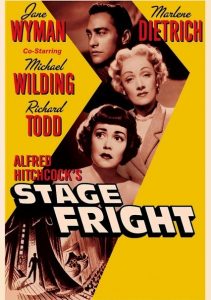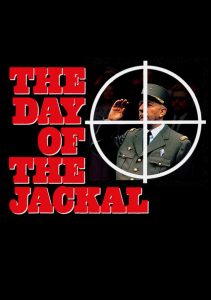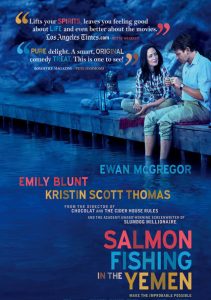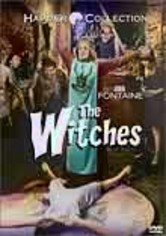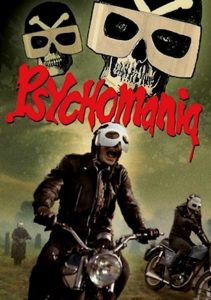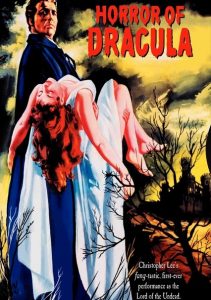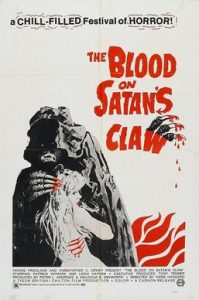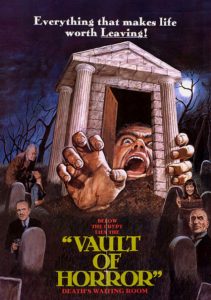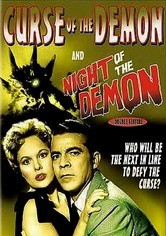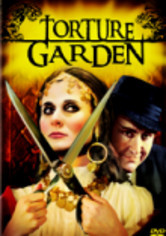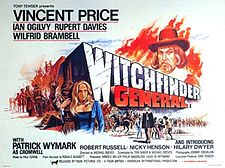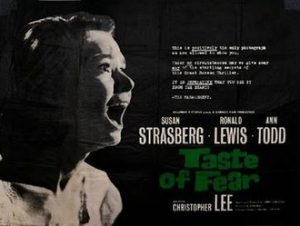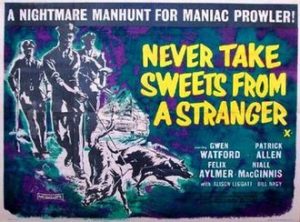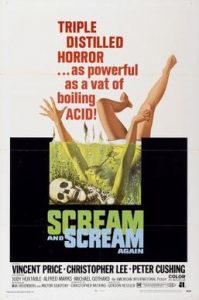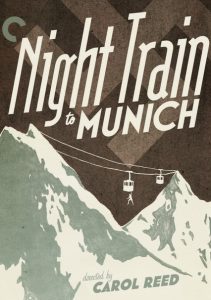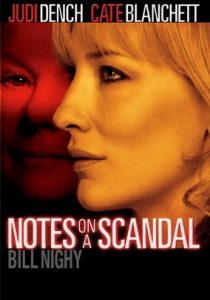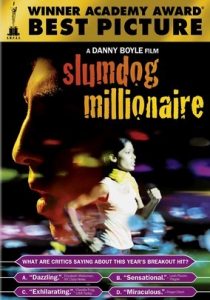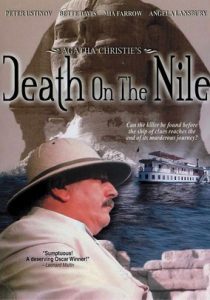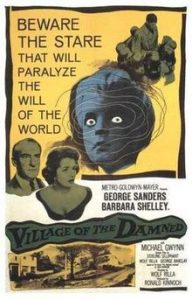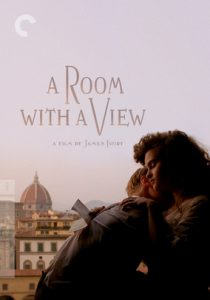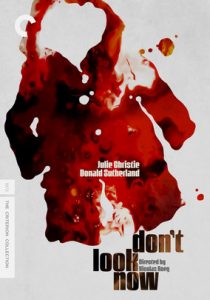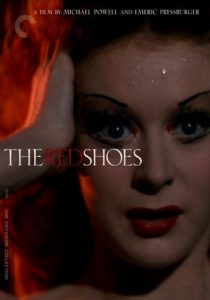If…-1968
Director Lindsay Anderson
Starring Malcolm McDowell
Scott’s Review #1,178
Reviewed September 18, 2021
Grade: A
Malcolm McDowell fascinates me. The mere construction of his facial features astounds me, with his crystal blue eyes and sullen smirk it’s tough to tell what he is thinking.
He stars in If… (1968), a satire of the student experience amid a strict upper-class English public school.
It’s McDowell’s film debut which is worth noting.
McDowell, always associated with A Clockwork Orange (1971) first and foremost made several great films in just a few years.
The film follows a group of fed-up pupils, led by Mick Travis (McDowell) who ultimately stage a bloody insurrection at a boys’ boarding school. But is it real or imagined by Mick?
Mick is conflicted when he is caught between the sadistic older boys known as the Whips and the lowly first-year students, affectionately known as Scum, who are forced to do their bidding.
He and his two henchmen, Johnny (David Wood) and Wallace (Richard Warwick) rebel by exhibiting thefts and defiant behavior causing the ire of both the Whips and the school’s out-of-touch administration.
This conflict leads to an unexpected and bloody showdown.
If… was the subject of controversy in 1968 at the time of its release, receiving an X rating for its depictions of violence against school administration and grown-ups. The specific year was a juicy one in cinema as the more edgy and creative fare was being produced in anticipation of the 1970s.
I champion the film and director Lindsay Anderson for having the balls to make a film of this nature sure to piss off and shock the education system and those who simply don’t get what the film is expressing.
One wonders if English rock band Pink Floyd found inspiration in If… while creating their legendary song ‘Another Brick in the Wall’ from 1979.
The Whips are the villains and the school administrators are portrayed as complacent or incompetent so the finale is quite satisfying from a viewer’s perspective.
One will never forget the image of Mick fiendishly standing on a rooftop brandishing a gun and firing determinedly. His other cohorts join in the action to celebrate graduation ceremonies. For them, it’s a delightful moment since all the parents and family members are in attendance.
It’s only a film but I can’t help but wonder how differently the film is perceived by an audience in the post-Columbine era, a vicious school shooting that occurred in the United States, an incident that led to rashes of similar events.
To clarify, since Anderson made a follow-up film to If… with O Lucky Man! in 1973 and starring McDowell as the same character, we can rest easier in the knowledge that the events in If… are purely the imagination of Mick.
It’s a satire.
And what schoolboy or schoolgirl hasn’t fantasized at how delicious it would be to give bullies or other bastards their just deserts for making their lives miserable?
Another takeaway I got from If… is that it doesn’t have to draw the line at being about a prep school at all. Mick and his friends question conformity and rules. Why can’t the viewer do the same in the workplace or in life itself?
I’ve seen the film twice and can never account for the inexplicable changes from color to black and white in various scenes. Anderson claims that this was done for budget reasons but others have done a deeper dive and hypothesized that the color versus black and white has more to do with fantasy.
Whatever the reason it successfully offers a surrealistic measure.
If… (1968) is a wonderful film that is open to interpretation and much open dialogue after viewing it. Isn’t that what cinema is all about? A discussion of the merits and conclusions of a particular film?

